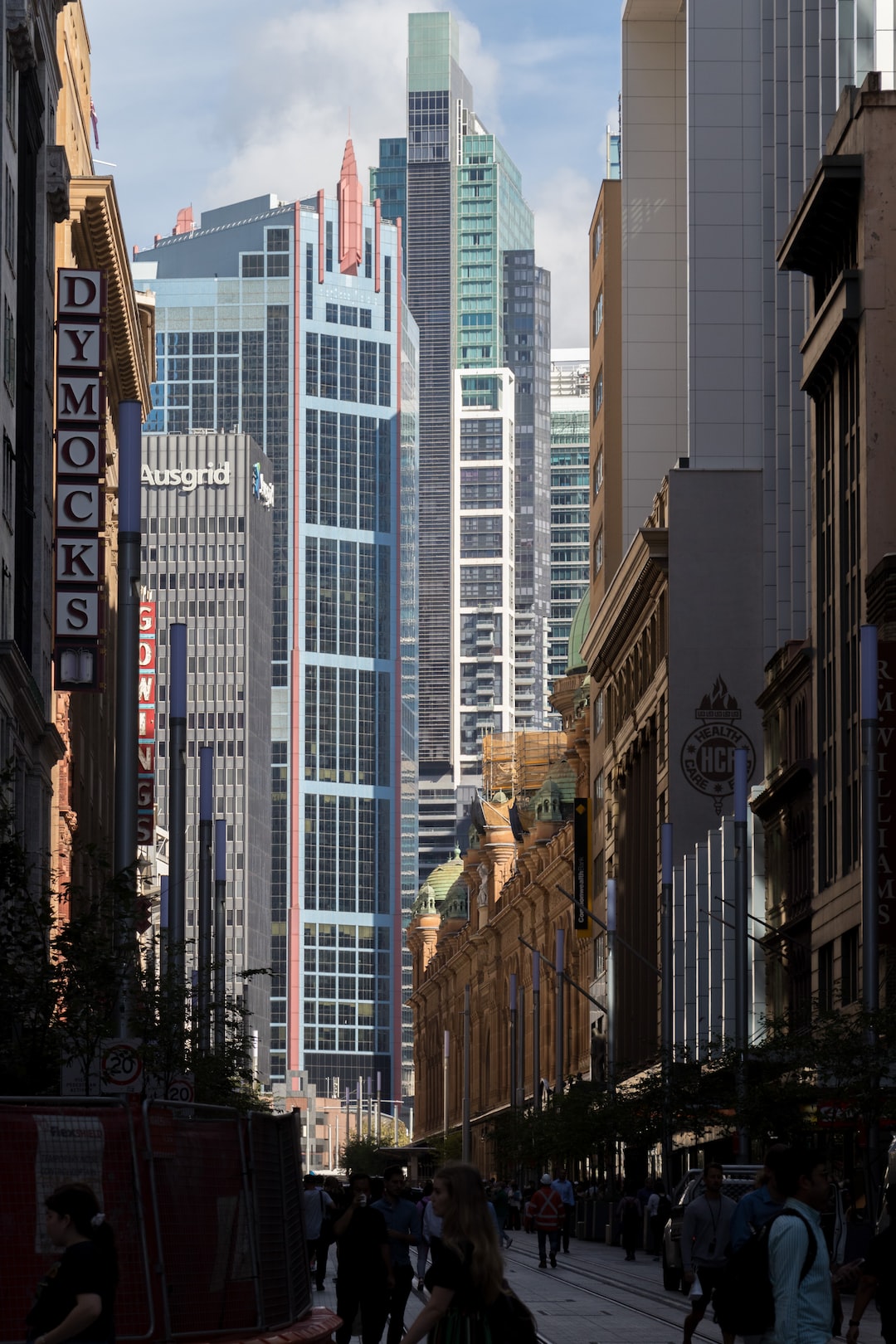Rope access has become an increasingly popular method of accessing difficult-to-reach areas in construction projects. It involves using ropes, harnesses, and specialized equipment to gain access to elevated structures, facades, and other high places. This innovative technique not only offers a safe and efficient means of working at heights but also brings several environmental benefits to construction projects. In the city of Sydney, rope access is gaining traction as a sustainable alternative to traditional access methods, with many companies adopting it for various construction and maintenance tasks.
One of the significant environmental benefits of using rope access in construction projects is the reduction in carbon emissions. Unlike conventional access methods that require heavy machinery and equipment, rope access relies solely on human-powered activity. This eliminates the need for large vehicles and diesel-powered machinery that release harmful greenhouse gases into the atmosphere. By reducing the carbon footprint, rope access helps minimize the project’s environmental impact and contributes to a sustainable future in the city of Sydney.
Furthermore, rope access allows for minimal disruption to the surrounding environment. Traditional methods often involve the construction of scaffolding or the use of boom lifts, which can take up valuable space and disturb natural habitats. In contrast, rope access requires minimal infrastructure and does not interfere with the surroundings. It offers a more discreet and less intrusive approach to construction and maintenance work, particularly in densely populated areas like Sydney. This way, rope access ensures that wildlife and vegetation are undisturbed, helping to preserve biodiversity in the city.
The use of rope access also reduces waste generation in construction projects. When scaffolding or elevated platforms are used, there is often a significant amount of material left behind after the completion of the project. In contrast, rope access eliminates the need for such structures, reducing the amount of waste produced. Additionally, the versatility of rope access enables workers to access multiple areas without the need for extensive dismantling and reconstruction of scaffolding. This efficient use of resources contributes to a more sustainable construction industry.
Moreover, rope access in Sydney offers time and cost-saving benefits, which indirectly contribute to environmental sustainability. By avoiding the use of traditional access methods that require extensive setup and teardown, construction projects can be completed more efficiently. This reduced construction period minimizes the consumption of resources and energy needed on-site, ultimately reducing the overall environmental impact.
In conclusion, rope access is an environmentally friendly alternative to conventional access methods in construction projects. In cities like Sydney, where sustainability is a top priority, the use of rope access can significantly mitigate the ecological impact of construction work. By reducing carbon emissions, minimizing disruption to the environment, reducing waste generation, and saving time and costs, rope access provides a sustainable solution to construction projects. Incorporating rope access in Sydney’s construction industry has the potential to create a greener and more environmentally conscious city.
——————-
Article posted by:
Tactical HS. | Rope Access Painting Sydney
https://www.tacticalheightsolutions.com/
Sydney , Nsw
